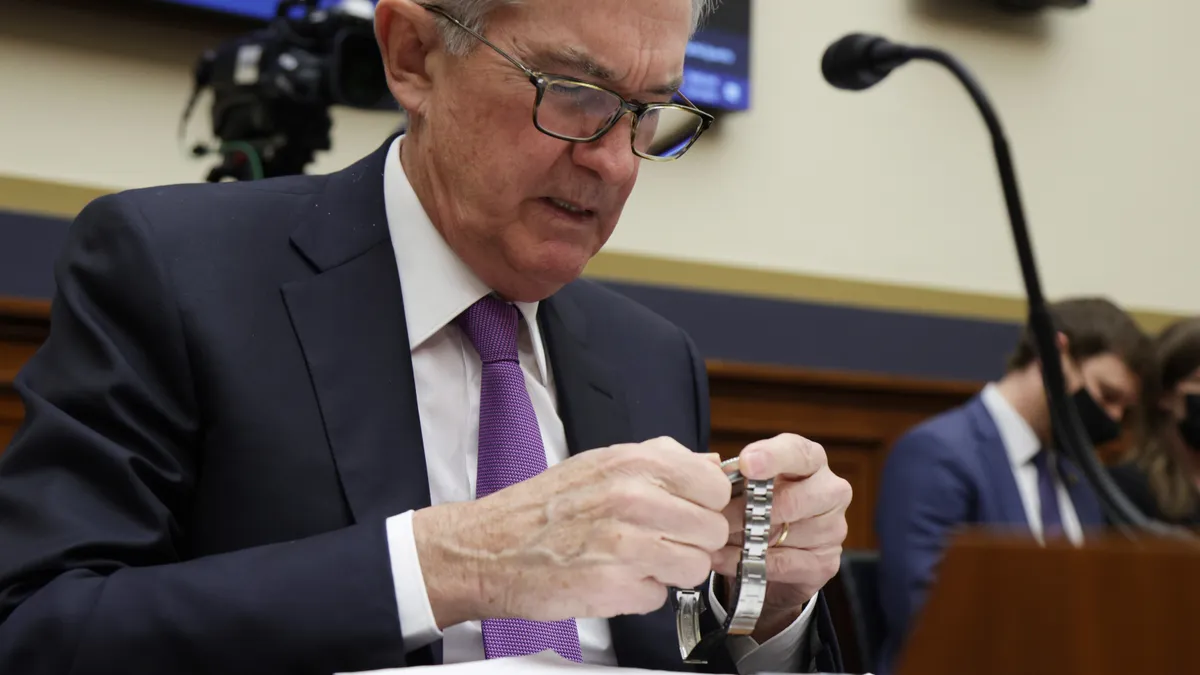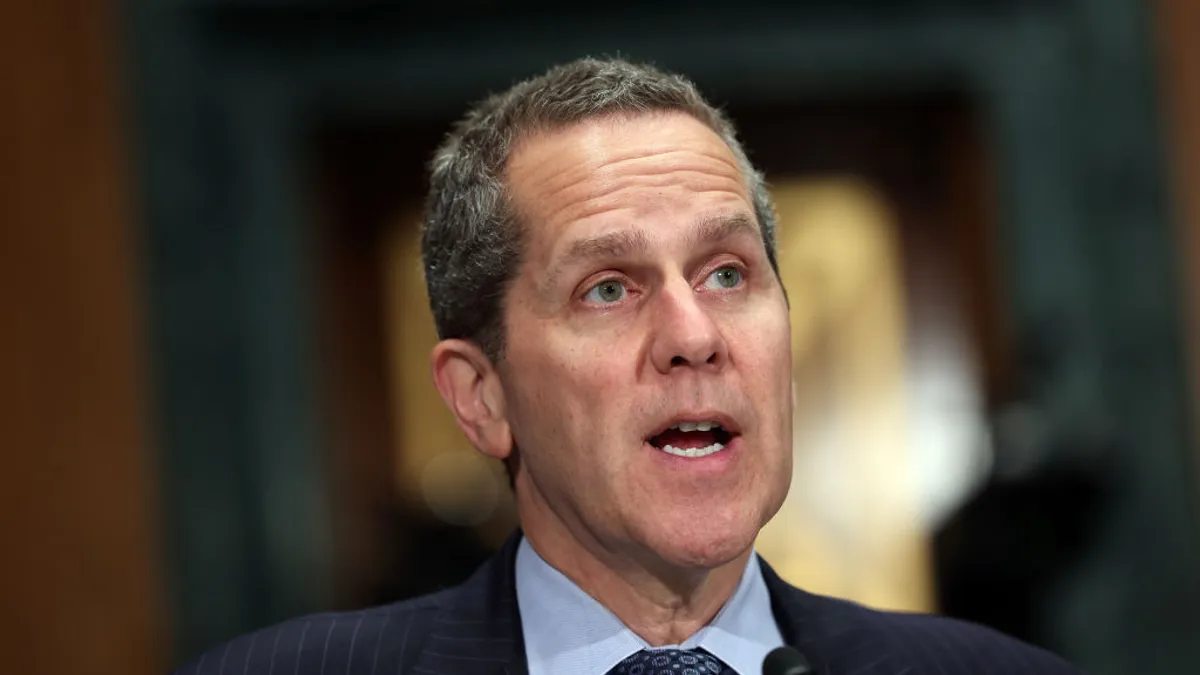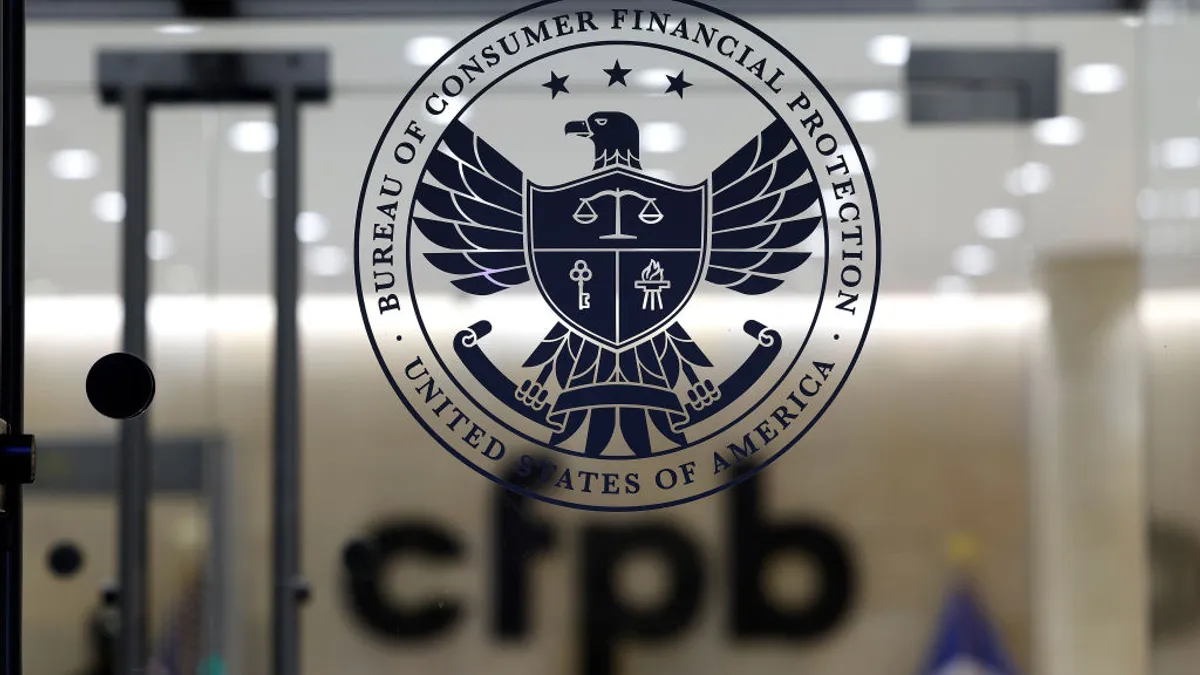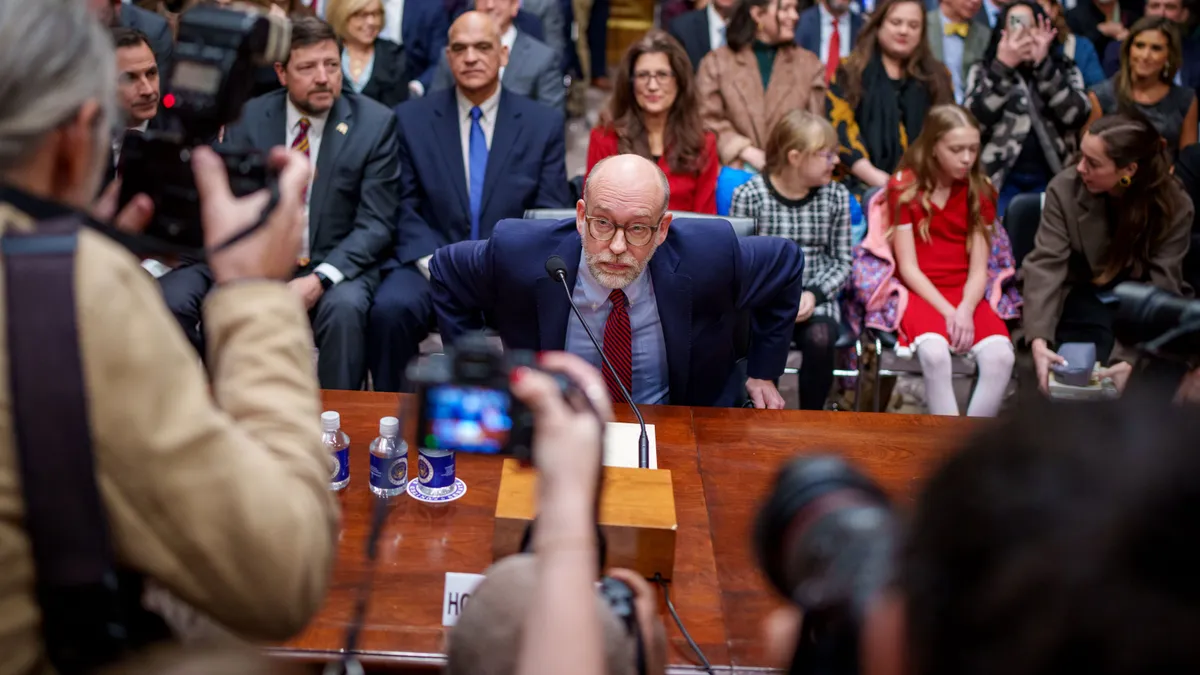Federal Reserve Chair Jerome Powell’s confirmation Thursday to a second four-year term, by an 80-19 Senate vote, added a measure of continuity to a week that saw much change for the central bank.
Powell is the third member of the Fed’s board of governors to be confirmed in as many days. Congress’ upper chamber confirmed Lisa Cook on Tuesday and Philip Jefferson roughly 24 hours later. And the Senate Banking Committee will hold a hearing May 19 for another Fed nominee — Treasury Department veteran Michael Barr, whom President Joe Biden wants to serve as the central bank’s vice chair for supervision.
Although he has led the Fed since 2018, Powell is somewhat of an anomaly among the current crop of nominees: a Republican. Yet, he drew more than twice as many “no” votes Thursday from Republicans (13) than from senators who caucus with Democrats (6).
“Powell and the rest of the Fed have failed the American people,” Sen. Richard Shelby, R-AL, wrote in a tweet Thursday explaining his “no” vote by citing “rampant” inflation. “We should not reward failure.”
Some “no” votes were expected. Sen. Elizabeth Warren, D-MA, said as early as last September that she would oppose his renomination because of the deregulation of financial institutions that occurred under his watch.
Other “no” votes seemed a protest of the moment. Sen. Bob Menendez, D-NJ, voted against Powell because of a lack of diversity within the central bank writ large.
“I have consistently advocated for Latinos to be given the representation they deserve by being appointed to the highest echelons of the Federal Reserve Bank leadership,” Menendez said in a statement Thursday, citing decisions this year by the Dallas Fed and Boston Fed to hire non-Latinos as their next leaders. “Under Powell’s leadership, the Fed continues to miss critical opportunities.”
It would be hard to argue the Fed leadership didn’t make strides toward greater diversity this week. Cook, for one, became the first Black woman named to the Fed board. Jefferson became the fourth Black man. And their inclusion marks the first time two Black governors have served simultaneously on the seven-seat panel.
Diversity may be visible at that level, but the central bank arguably has a long way to go. Data published Thursday indicated 14 of the Fed's 945 doctorate-level economists — or 1.5%, as of December — are Black. That compares with 72% who are White, 17% who are Asian and 9.4% who are Latino, according to The New York Times. Looking just at the 429 Ph.D.-level economists who work for the Fed board, one is Black.
Indeed, Jefferson, in a 2018 interview published by the Minneapolis Fed, called being a Black economist — in an academic setting, anyway — a “long, lonely road professionally.”
The Fed’s 1.5% figure is up slightly from 1.3% in 2020, but the Fed also altered its methodology in the interim. Improvements in diversity were more noticeable at the research assistant level, where most staffers hold a bachelor’s degree. Of 393 research assistants systemwide, about 5% (19) are Black, Thursday’s data showed. That is up from 3.7% in 2020.
Along gender lines, the Fed showed room to improve, too. About one-quarter of the central bank’s doctorate-level economists are women. Women comprise 42% of the Fed system’s research assistants, according to Thursday’s data.
“The risk with underrepresentation, from a substantive standpoint, is that you are underrepresenting perspectives that are important for policymaking,” Skanda Amarnath, executive director at Employ America, told The New York Times.
As Shelby’s vote on Powell demonstrated, diversity isn’t the only thorn in the Fed’s side.
To that end, Powell reinforced Thursday, in an interview with the public radio platform Marketplace, that the Fed would make incremental half-point increases in interest rates until inflation ebbs.
“If the economy performs about as expected … it would be appropriate for there to be additional 50 basis-point increases at the next two meetings” — in June and July, he said. “If things come in better than we expect, then we’re prepared to do less. If they come in worse than when we expect, then we’re prepared to do more.”
Shelby, for one, stood by his assessment that Powell acted too slowly to curb inflation — and Powell addressed that Thursday.
“If you had perfect hindsight … it probably would have been better for us to have raised rates sooner,” Powell told Marketplace. “I’m not sure how much difference it would have made, but we have to make decisions in real time, based on what we know then, and we did the best we could.”
Inflation has sent consumer prices up 8.3% this year through April, according to data released Wednesday — far surpassing the Fed’s 2% target.
Powell on Thursday said getting inflation down to 2% “will include some pain, but ultimately the most painful thing would be if we were to fail to deal with it and inflation were to get entrenched in the economy at high levels.”
“The question whether we can execute a soft landing or not … may actually depend on factors that we don’t control,” Powell said, noting supply-chain woes and geopolitical events such as the war in Ukraine. “But we should control the controllable. … There’s a job to do on demand.”





















